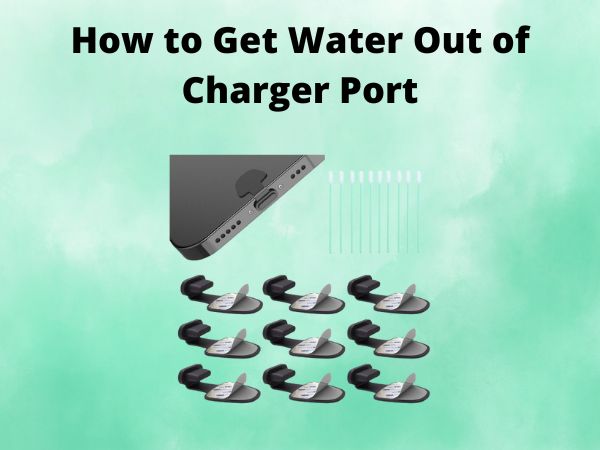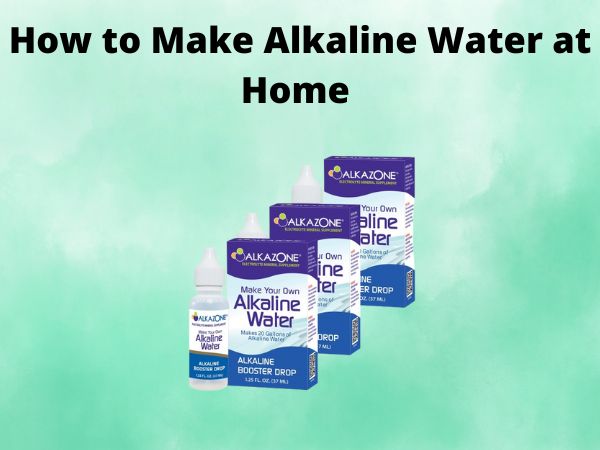How to Connect Water Pipe to PVC: DIY Plumbing Tips
Are you ready to tackle a plumbing project? Maybe you’re staring at a tangled mess of pipes and wondering, “How do I connect a water pipe to PVC?” Don’t worry, you’re not alone. Many DIY enthusiasts embark on this journey with stars (or perhaps droplets) in their eyes. This guide will take you by the hand and lead you through the process like a trusty plumber’s assistant. Let’s dive in!
Table of Contents
Understanding Your Pipes
Picture this: plumbing is like the circulatory system of your home. The water pipes carry the lifeblood—water—into every corner. But how do we connect these veins seamlessly with PVC, the sturdy backbone of plumbing systems? Understanding the types of pipes and their roles is essential.
Types of Pipes
First off, let’s define what you’re connecting. From copper to PEX, pipes differ in material and flexibility. Knowing what you’re working with helps you pick the right tools and techniques.
PVC’s Role
PVC, or polyvinyl chloride, is a versatile plastic pipe. It’s loved for its durability and affordability. While it’s perfect for many applications, you’ll need to ensure compatibility with your existing setup.
Essential Tools and Materials
Before playing the plumbing maestro, gather your instruments! The right tools are the notes to your symphony.
Must-Have Tools
- PVC cutter or handsaw
- Deburring tool
- Pipe wrench
- Measuring tape
- Marker pen
Materials Needed
- PVC primer and cement
- Adaptor fittings
- Threaded joints
- Pipe seals or Teflon tape
Step-by-Step Guide
Now that your toolkit is assembled, let’s orchestrate this plumbing opera step by step.
Preparing the Area
Clear the stage! Begin by shutting off the main water supply to prevent a makeshift fountain from gracing your living space. Place a bucket under the pipes to catch any residual water—a choreographed move to avoid a slip-and-slide scenario.
Cutting the PVC and Water Pipe
Like a sculptor with marble, measure the pipes meticulously. Use a PVC cutter or saw for clean, precise cuts. Remember, measure twice, cut once—because there’s no CTRL+Z in the real world!
Sanding and Cleaning the Surfaces
Smooth surfaces ensure a watertight performance. Sand the edges lightly and wipe away dust and debris. Clean pipes make happy connections.
Choosing the Right Connection Method
Connections are like partnerships—choosing the right one means the difference between harmony and disaster. Determine whether you’ll need threaded connections or glued joints; each has its style and substance.
Using Adhesive and Primers
Think of primer and cement as the love glue that bonds your pipes together. Apply primer to the inside of the fittings and the outside of the PVC. Once dry, coat with cement and join them quickly, holding steady until set—it’s a short dance, but a crucial one.
Screwing and Securing the Connection
Threaded connections offer robustness. Use a wrench to screw fittings securely, sealing the deal with some Teflon tape if needed. This added assurance prevents future leaks, much like insurance for your new bond.
Testing for Leaks
Turn the water back on and keep your eyes peeled like a hawk. Any leaks will reveal themselves now. If you spot water, tighten fittings or reapply cement where necessary.
Finalizing the Setup
Happy with your work? Rejoice! You’ve not only learned how to connect water pipes to PVC, but you’ve also become a conductor of your own plumbing orchestra. Double-check each connection and clean up the workspace.
Troubleshooting Common Issues
Having trouble? Fear not! Even the best-laid pipes can encounter hiccups. Here’s how to troubleshoot common problems:
- Leaks: Double-check connections and seals. Silence those noisy pipes with more tightening or Teflon tape.
- Improper Cuts: Re-cut jagged edges cleanly. Remember, smooth plays better than rough in the plumbing world.
Safety Tips
Safety first! Protect yourself during this DIY adventure:
- Wear safety goggles to shield your eyes from debris.
- Glove up! Avoid chemical contact with adhesives.
- Work in a well-ventilated area to escape any harmful fumes.
Conclusion
And there you have it! Connecting a water pipe to PVC is not just a task; it’s a skill that marries precision with creativity. You’ve navigated the twists and turns of DIY plumbing like a seasoned expert. Remember, practice makes perfect, and every solder and seal is a step towards mastery. So, grab those tools, and let the water flow!
FAQs
How do I know if my pipes are compatible?
Look for markings on your pipes. PVC is usually compatible with similar materials, but check the specifications as a guideline.
What if the fittings are too tight?
A little lubrication or careful application of force should help. Be cautious not to damage the threads or connections.
Can I connect PVC to metal pipes?
Yes, with the right adapter fitting, you can connect PVC to metal pipes. Ensure you use appropriate sealants to avoid leaks.
What is PVC primer, and why is it necessary?
Primer cleans and softens the PVC to prepare it for cement. It ensures better adhesion, creating a stronger bond.
Do I need a permit for home plumbing projects?
Check your local regulations. Some areas require permits for significant plumbing changes, while minor repairs may not.




